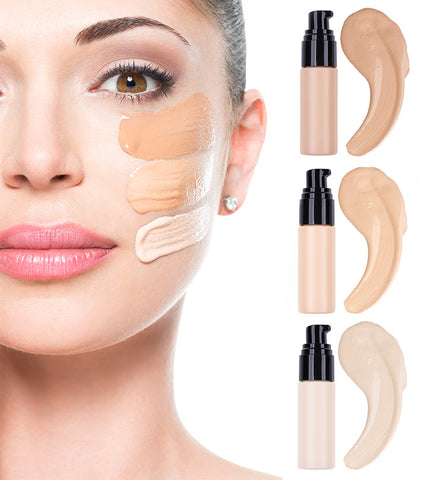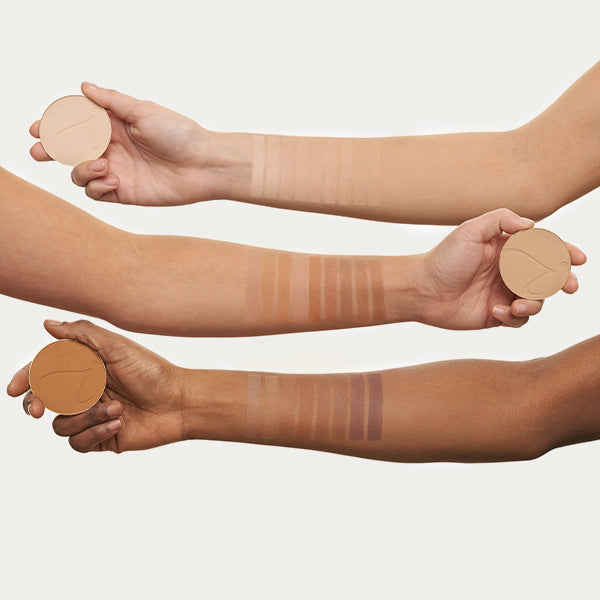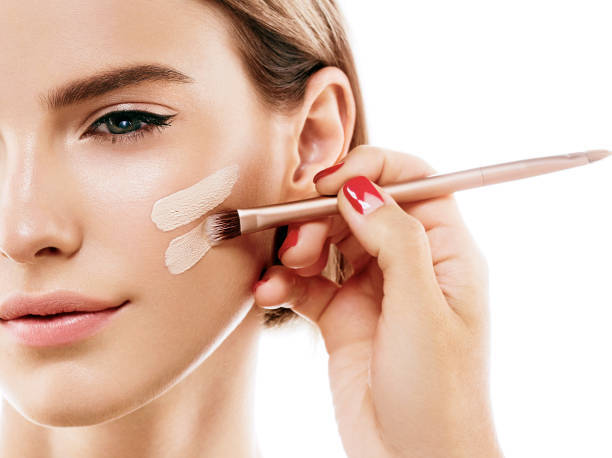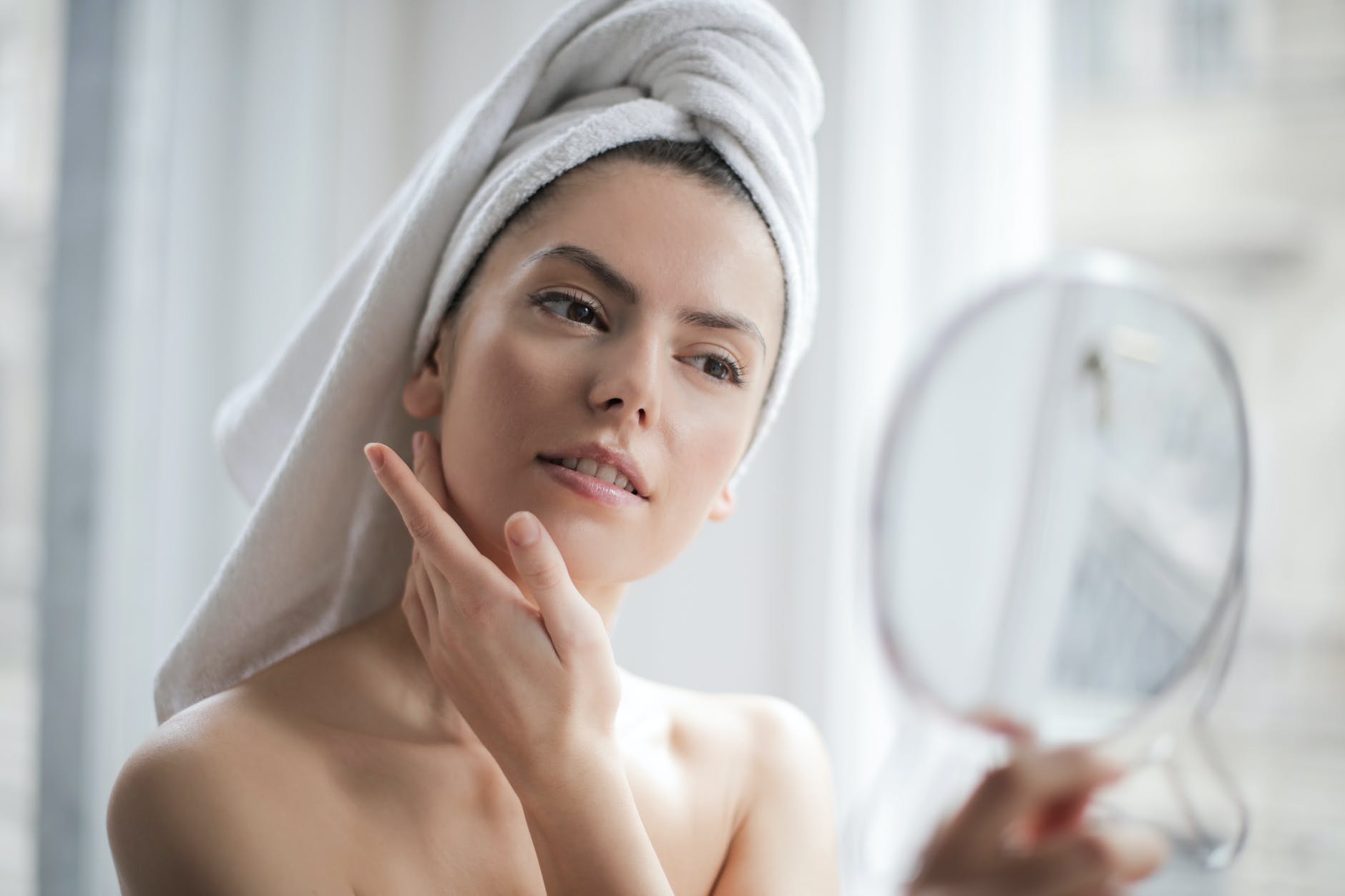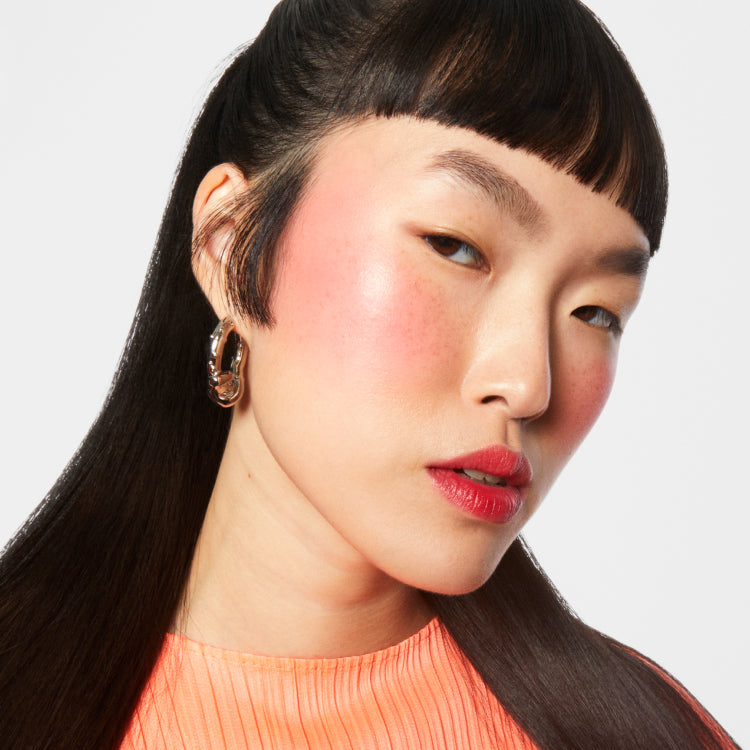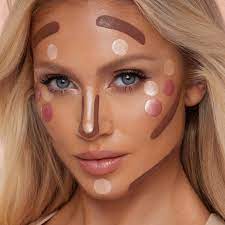We have all done it before: walked out of a shop with what seems the best match of foundation or bright lipstick, and get home to put it up in the mirror and think, Where did this color come from? You have wasted your hard-earned cash on something that does not even suit your skin tone. Bummer!
Other times, it has nothing to do with the product being bad; it just did not fit you. And the truth is that it is a bit like trial and error all over again, finding the secret you are meant to use.
Once you get into the nitty-gritty of color analysis, you discover how to judge your own undertone, avoid color clashes and most importantly ensure that anything you buy actually suits you. By the end of this makeup guide, you will be shopping like a pro in a way that feels completely tailored to you.
Common Mistakes When Picking Makeup Products
Using artificial lighting in stores as the sole source of light is one of the greatest mistakes people make. Fluorescent lights will make the foundation shades, lipstick colors, and blush palettes appear differently on your skin. Whenever you are choosing your cosmetic necessities, always examine them under natural light before making a commitment.
The other problem is the disregard of undertones. You may discover a liquid foundation that is the right color on your surface skin, but conflicts with your natural warmth or coolness.
The result? An incongruent finish that does not feel right, despite the quality of the product being very good.
Identify Your Skin Tone
The color of your skin is the initial indicator for determining which products actually flatter you.
As a rule, skin tones are classified into three groups: fair, medium, and deep skin tones. Being aware of yours will allow you to select makeup foundation colors and nude lipstick, among other things, more precisely.
In case you are in doubt, examine parts of your body that are not normally exposed to the sun, such as your jawline or inner arm. This provides you with the most accurate feeling of what your natural color is without the effect of tanning or redness.
Determine Your Undertone
The dark-colored tones that lie below the surface of your skin are called undertones. They can be categorized into three groups: warm, cool, or neutral.
Undertones are warm and shift towards gold or peachy, cool and shift towards pink or blue, and neutral are somewhere in the middle. This can be determined easily by examining your veins under natural light. When they appear greenish, you are warm; bluish, you are cool; and when it is a combination, then you are likely to be neutral.
The trick to choosing the correct foundation color, a contour kit, or highlighting powder is knowing your undertone.
Match Your Concealer by Brand
The same color can be referred to by brands as different colors, sometimes only by a shade. Take light beige concealer sticks. One company will be a bit pink, and another a bit more yellow.
The cleverest thing? Take your liquid foundation and concealer from the same brand to make the tint match perfectly. In that manner, your skin appears flawless and harmonizes perfectly with your blush and setting spray.
Use The Swatch Method
Imagine this: you are in the makeup section of the store and you have found that shade that has caught your eye.
Give it the test…
Before you buy, take a small sample of whatever makeup product you are into. Let’s say you have chosen a compact powder or a foundation. Now use a bit of it in a spot right along your jawline. That rapid test will allow you to observe how that color blends with your face as well as your neck.
When you are selecting a lipstick, just leave the wrist swatch and apply it to your fingertips instead. Since your fingers will be nearer to lip-color temperature, you will have a much more realistic preview of what that hue will actually look like when you’re sucking down your coffee.
Determine Your Hair Color
Now here is the most underestimated thing…
Makeup can completely change what suits you depending on your hair color.
Think platinum blonde, for instance, it looks gorgeous in soft pinks and nude lipstick. And then there is rich brown, which can take rich lipsticks and eye shadow palettes without flinching.
When you change it all the time, it is good to have some of your go-to shades so that when you need to change your look, you have a beauty toolkit to deal with it. By doing so, you will never have the feeling of being saddled with something that does not match after a new color unveiling.
Pigmentation
Pigmentation is such a thing that actually does matter, and matters more especially when you possess darker skin tones. Non-power-packed colors in makeup may appear washed-out, so it would be wise to choose formulas that have a punch to them: highly pigmented palettes of eyeshadows, radiant blush, and mascara that resists water.
And, in case of being on the lighter side, sheer or buildable pigmentation can be actually beautiful in the case of a softer and more natural look. In any case, swatch and test it out so that you know the color intensity is to your personal taste and fits well with all the rest you wear.
Consider the Seasons
For some people, the skin color has seasonal changes, a slight warming up in the summer, and coolness in the winter. As a result, the foundation shades used on the face might have to be changed during the year.
Having two shades of liquid foundation and mixing them in accordance with the occasion is an effective game plan. This routine, combined with a setting spray, which fixes the end tint, means an accurately toned and even complexion on a regular basis.
Conclusion
Makeup does not have to be overly complicated. Once one accurately understands their skin tone and undertone, the choice is incredibly simple. One can safely choose makeup products that are in line with their complexion.
With the prudence of swatch tests, coordinated products by brand and mindfulness of pigmentation time and money are saved, as well as frustration.
When all the shades are in balance with the complexion of the skin, it is easy to have a look and a sense of perfection.
